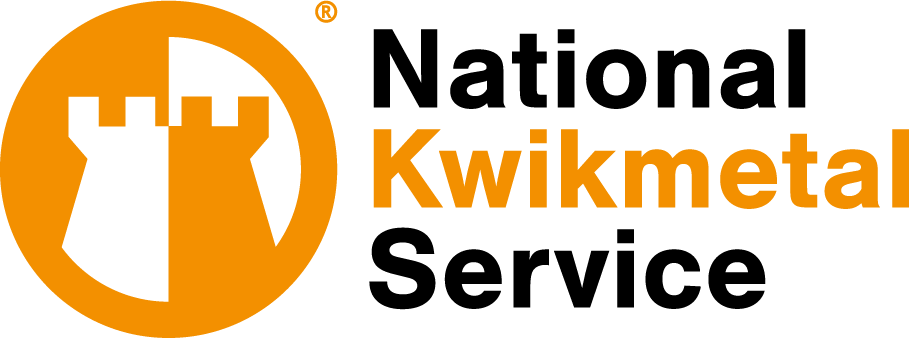
Numerous variations of stainless steel are available in the market today. Each of the different grades has a unique composition to serve its application and functionality. Often times, there are minor differences in the grades, and to add to that, some grades of steel even have very similar names (such as 316 and 316L).
In this post, we’ll discuss two stainless steel grades in detail — 316 and 316L — and explain their differences, advantages, and applications:
The primary difference between these two stainless steel types can be inferred from the name of the two alloys. Although they are similar, they have one minor difference. The 316 stainless steel has a maximum carbon content of 0.08%, while 316L contains a maximum carbon content of 0.03%. So, how would you remember which has lower carbon content? 316 L has Low carbon content. (interpreting L for “low carbon”).
Properties are similar to those of Type 304 except that 316 and 316L Stainless is somewhat stronger at elevated temperatures. Corrosion resistance is improved, particularly against sulfuric, hydrochloric, acetic, formic and tartaric acids; acid sulfates and alkaline chlorides.
Type 316 is a chromium-nickel SS that contains between 2% and 3% molybdenum. The molybdenum content is responsible for increasing the steel’s property to be more corrosion resistant, resist pitting in chloride ion solutions, and increase strength at high temperatures. Type 316 stainless steel is also effective in protecting against corrosion caused by acidic, sulphate, and alkaline solutions.
316 stainless steel has a greater molybdenum content than 316L. This gives it increased resistance to crevice corrosion and pitting in marine applications. The higher molybdenum content also provides better protection when exposed to acids and high-chloride chemicals.
At NKS, our customers have used 316 and 316L Stainless in exhaust manifolds, furnace parts, heat exchangers, pharmaceutical and photographic equipment, valve and pump trim, chemical equipment, digesters, tanks, evaporators, pulp, paper and textile processing equipment, parts exposed to marine atmospheres and tubing.
A common quality shared by 316 and 316L is that they can both be annealed (a treatment that reduces hardness and increases ductility) so that they can be pushed or pulled, then formed into different shapes.
Depending on its end use, 316L can be better than other alloys of steel due to its feasibility in high corrosion and high-temperature applications. 316L is highly durable and easy to fabricate. Therefore, it is often used in the marine, construction, and infrastructure industries.
Since 316L is more resistant to intergranular corrosion, it can be welded more easily than the 316 grade. However, since 316 has a higher carbon content, it is more prone to experience weld decay. In general, this is only an issue if the metal needs to be heated to 425-815°C, and if the welding time exceeds a period of several minutes.
These alloys are generally considered to have poorer weldability than Types 304 and 304L. A major difference is the higher nickel content for these alloys which requires slower arc welding speed and more care to avoid hot cracking.
If cost is a factor, you could either go with the low carbon 316L or 316 stainless steel. There isn’t a major price difference between the two of them.
If you’re unsure about the type of steel that is best suited for your application, here’s a simple rule of thumb: if your application requires a lot of welding, go with 316L. On the other hand, 316 can also be annealed to resist weld decay, if that is your final choice of grade.
Because 316 is easy to fabricate it is often used in construction, marine, and infrastructure industries where its durability quality is appreciated.
At NKS 316 and 316L stainless is often sourced by manufacturers of exhaust manifolds, furnace parts, heat exchangers, pharmaceutical and photographic equipment, valve and pump trim, chemical equipment, digesters, tanks, evaporators, pulp, paper and textile processing equipment, parts exposed to marine atmospheres and tubing. As you can see it’s a rather versatile material.
If you are looking for 316 or 316L stainless steel slitting services, NKS is the company to call. We have a specialized team and the required machinery, and we’re ready to serve you. We offer metal slitting services for both 316 and 316L grades, along with other stainless-steel alloys.
Our team would be happy to answer any questions you may have regarding 316 and 316L stainless steel slitting services, prices, and materials available. To learn more about our services, contact us today!
Toll Free: 800-722-5029
Phone: 847-257-6570
Phone: 442-980-0611
Phone: 615-793-4700
Toll Free: 800-722-5029
Phone: 442-980-0611